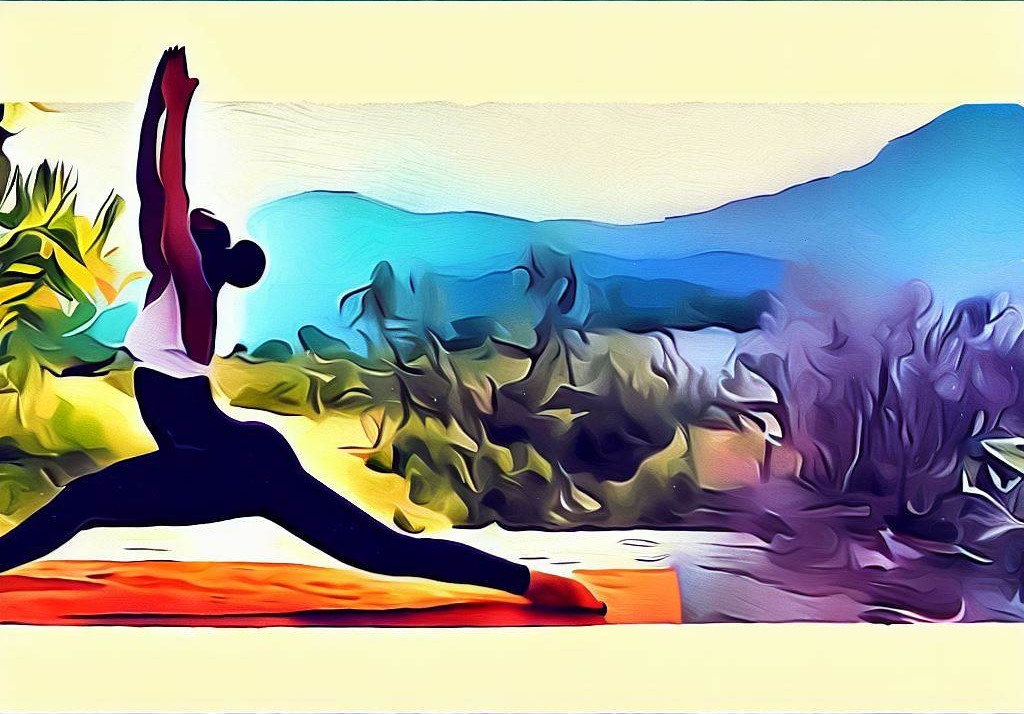What is it?
Yoga is a group of physical, mental, and spiritual practices or disciplines that originated in ancient India and aim to create harmony between the body, mind, and spirit. The word yoga comes from the Sanskrit root yuj, meaning to yoke or to unite. Yoga is often considered a way of life that encompasses ethical principles, meditation, breath control, and various postures or movements.
Benefits
Yoga has many benefits for physical and mental health, such as improving flexibility, strength, balance, posture, blood circulation, immunity, digestion, mood, concentration, and relaxation. It can also help reduce stress, anxiety, depression, inflammation, pain, and chronic diseases. It is suitable for people of all ages and fitness levels, as there are different styles and levels of intensity to choose from.
History
The history of yoga can be traced back to over 5,000 years ago when the Indus Valley Civilization developed a sophisticated culture that included yoga practices. The earliest written records of yoga are found in the Vedas, the ancient scriptures of Hinduism. The Vedas contain hymns, rituals, and mantras that were used by the priests or Brahmans to connect with the divine.
The Upanishads, which are philosophical texts that elaborate on the Vedas, introduced the concept of yoga as a means of achieving self-realization and liberation from the cycle of birth and death. The Upanishads also influenced other religious traditions such as Buddhism and Jainism, which developed their own forms of yoga.
The Bhagavad Gita, an epic poem that is part of the Mahabharata, is one of the most influential texts on yoga. It describes four main paths of yoga: karma yoga (the yoga of action), bhakti yoga (the yoga of devotion), jnana yoga (the yoga of knowledge), and raja yoga (the royal or classical yoga). The Bhagavad Gita also introduces the concept of dharma or one’s duty or purpose in life.
The Yoga Sutras of Patanjali, written around the second century CE, are considered the foundational text of classical yoga. The Yoga Sutras systematize the practice of yoga into eight limbs or steps: yama (ethical restraints), niyama (personal observances), asana (physical postures), pranayama (breath control), pratyahara (withdrawal of senses), dharana (concentration), dhyana (meditation), and samadhi (absorption or transcendence). The goal of classical yoga is to attain samadhi, or the state of pure consciousness.
Evolution
In the medieval period, yoga underwent various changes and adaptations by different schools and sects. One of the most influential developments was tantra yoga, which used rituals, symbols, and techniques to awaken the latent energy or kundalini at the base of the spine and raise it to the crown of the head. Tantra yoga also incorporated elements from other traditions such as Buddhism and Shaivism.
Another important development was hatha yoga, which focused on the physical aspects of yoga such as asanas, pranayama, mudras (gestures), bandhas (locks), and shatkarmas (cleansing practices). Hatha yoga aimed to purify the body and mind in preparation for higher states of meditation. Hatha yoga also gave rise to many sub-styles such as vinyasa (flowing sequences), bikram (hot yoga), iyengar (alignment-based), ashtanga (powerful and fast-paced), kundalini (energy-based), and sivananda (holistic).
In the modern period, yoga spread to the West through various teachers and movements. Some of the pioneers were Swami Vivekananda, who introduced yoga to America at the Parliament of Religions in 1893; Paramahansa Yogananda, who founded the Self-Realization Fellowship in 1920; Swami Sivananda, who established a global network of ashrams and centers; T. Krishnamacharya, who trained many influential teachers such as B.K.S. Iyengar, K. Pattabhi Jois, Indra Devi, and T.K.V. Desikachar; Maharishi Mahesh Yogi

